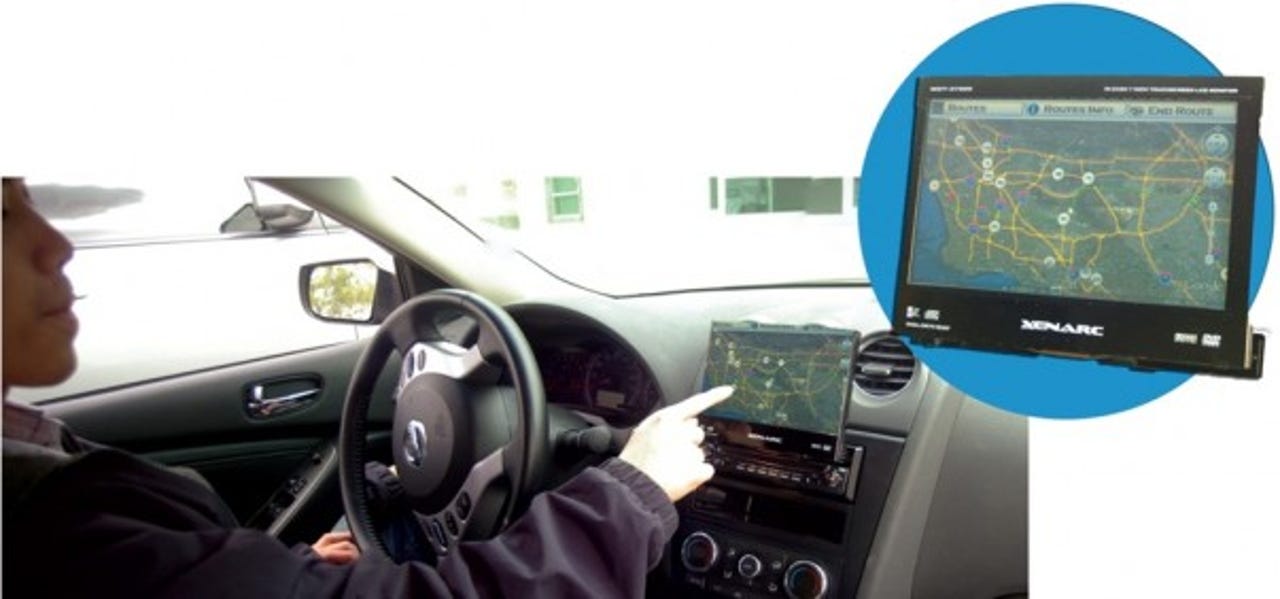Research project seeks to relieve electric vehicle range anxiety


Forget better batteries for a moment. Researchers at the University of California, Riverside, have snagged a $95,000 grant from the California Energy Commission to test navigation devices that could help extend electric vehicle ranges by up to 10 percent.
The system (pictured above) collects real-time information about traffic, the type of road surface, and vehicle and passenger weight -- all of which affect efficiency and performance. The researchers from the Center for Environmental Research and Technology (CE-CERT) believe this data can all be used to create an "eco-routing algorithm" that in the feature will help point to routes that will require the least amount of charge to get from Point A to Point B.
"This is particularly useful given the limited range of electric vehicles," said Guoyuan Wu, the principal researcher on the project. "It should really help cut down on what has become known as range anxiety."
Angst over whether or not an electric vehicle will run out of charge at inopportunes has been one of the biggest factors holding up adoption, despite research that shows the average American drives less than 35 miles for any given trip. How far to these things go? The Nissan LEAF provides up to 75 miles on a single charge, as an example, while the new Honda Fit EV is rated for up to 82 miles per charge.
Among the things that can be a drag on charge are stop-and-go movement in traffic, different driving patterns for highways versus local roads; the grade of a road, more hills equal more power consumed; weather, which could produce headwinds or require the drive to flip on the heater or air conditioner; and passenger weight.
The system being tested in California would also be applicable for gasoline-powered vehicles. Earlier tests have shown reductions of between 5 percent and 15 percent, according to the researchers.
The idea of the tests is to collect data for an algorithm that could be added (in the future) to navigation systems.